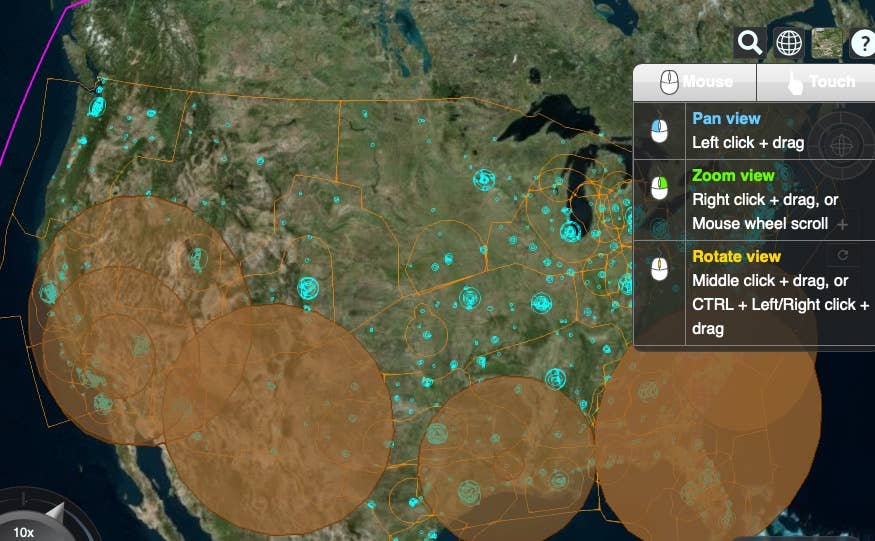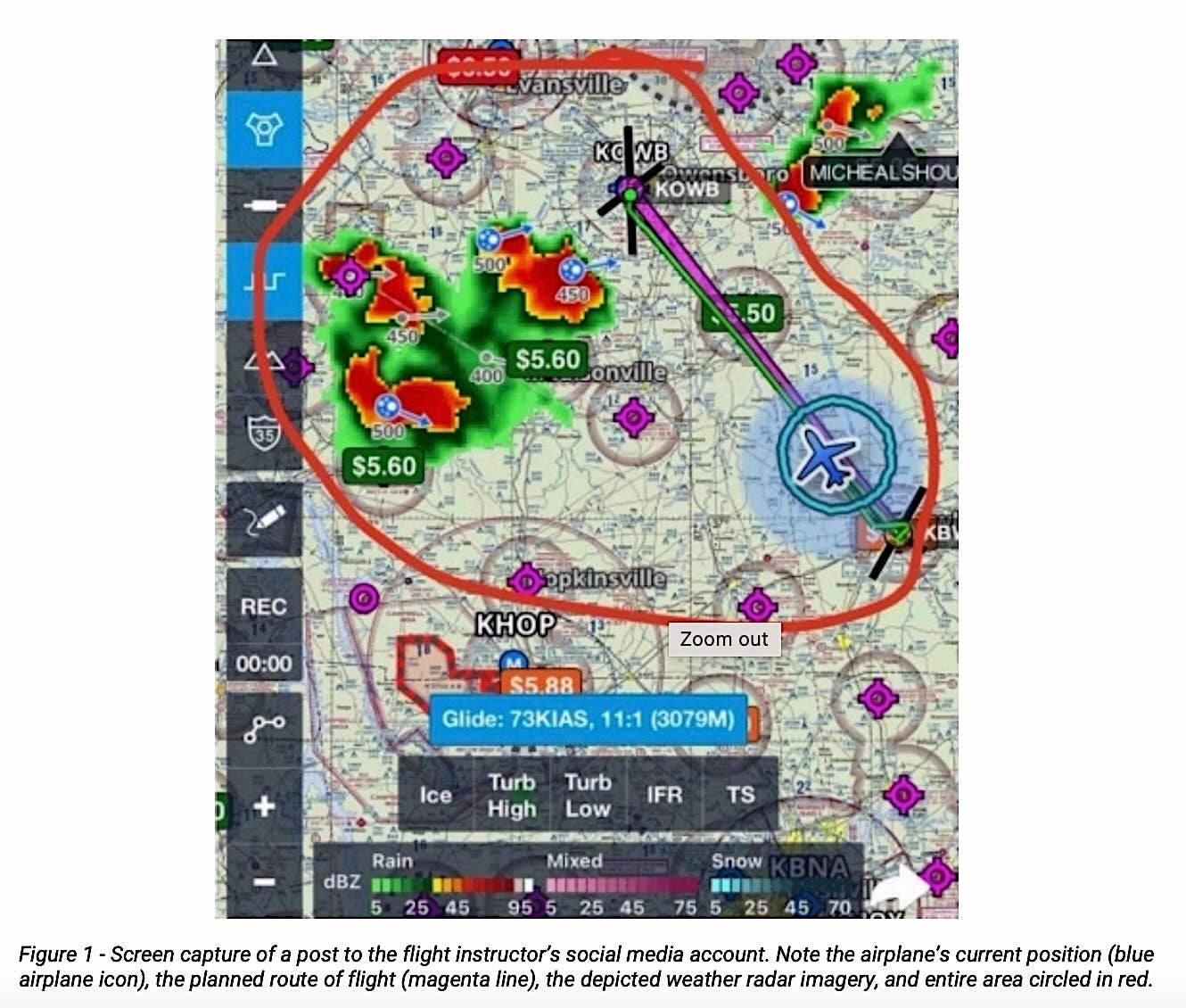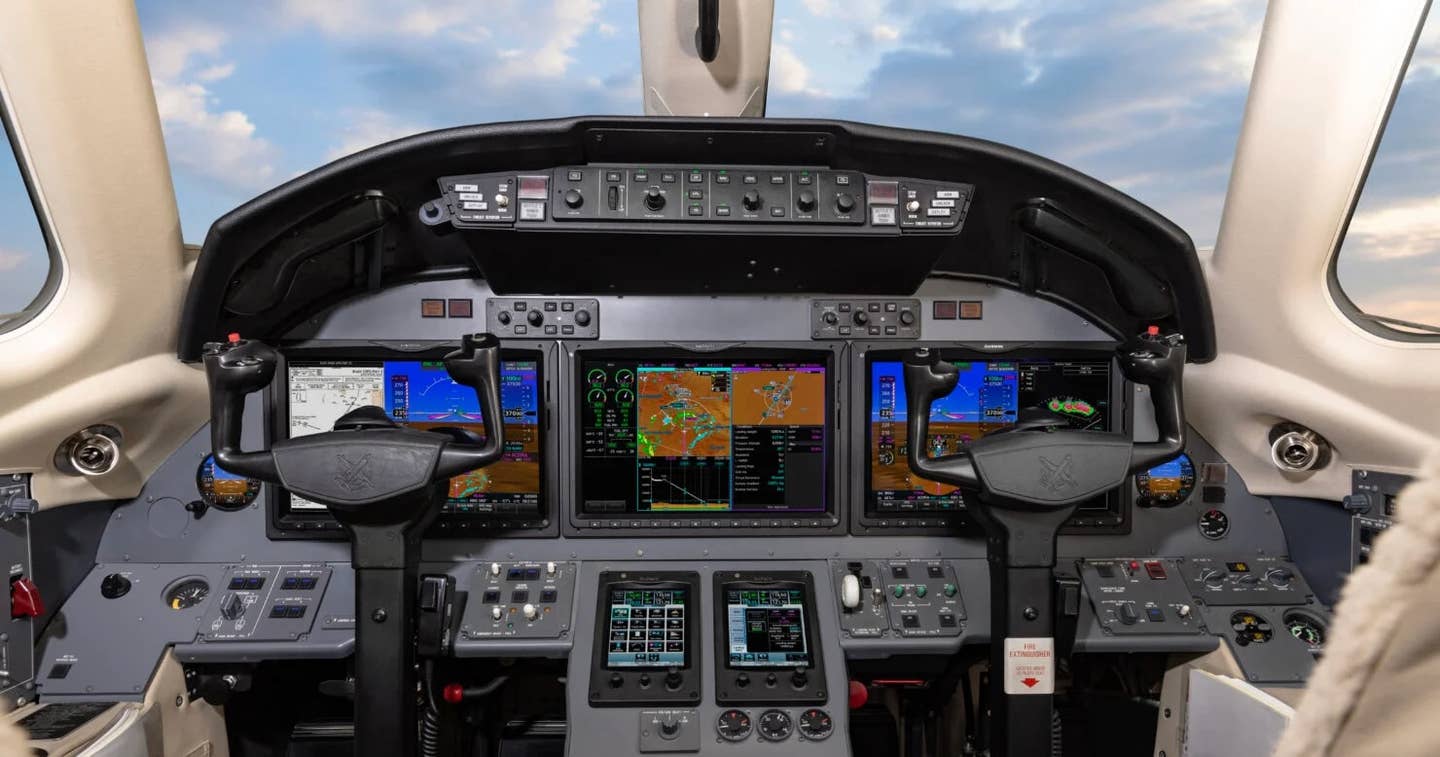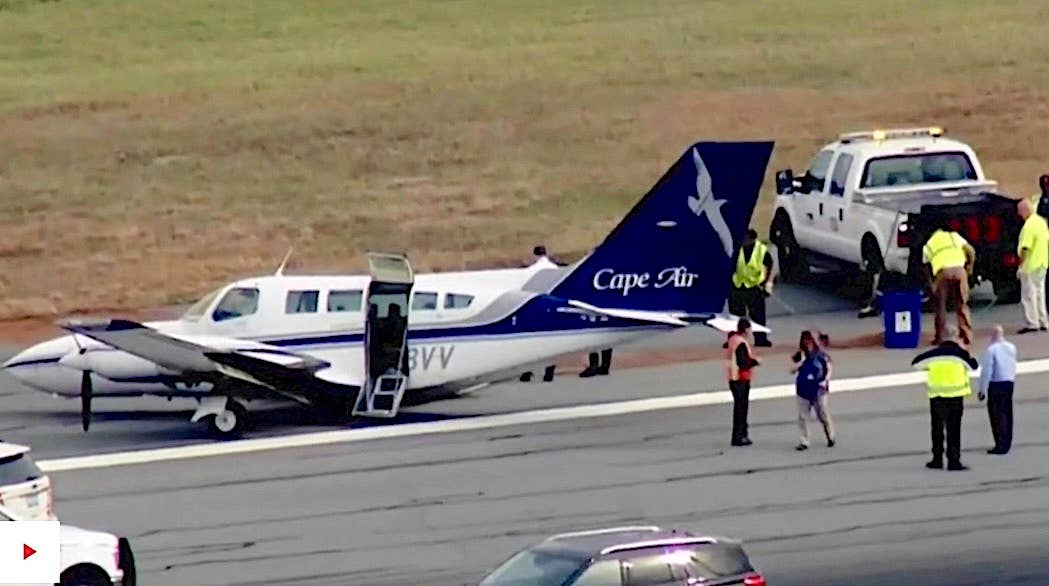ADS-B Preflight Requirement Issued (Clarified)
Some pilots and operators will have another series of preflight checks to conduct when the ADS-B mandate kicks in on Jan. 1. The FAA says in a new policy statement…

Some pilots and operators will have another series of preflight checks to conduct when the ADS-B mandate kicks in on Jan. 1. The FAA says in a new policy statement it will be up to pilots and operators to make sure the gear will actually work along their predicted flight path. As part of the flight planning process, operators will be required to exercise “due diligence” in the form of a “preflight availability prediction” to make sure that an adequate GPS signal is available for the ADS-B Out to function properly for the full flight.
In most cases, the due diligence requirement will be satisfied by checking the FAA ADS-B Service Availability Prediction Tool (SAPT) for the intended route. Doing so creates a record in the SAPT system that the preflight work has been done. The check is targeted mainly at those equipped with non-WAAS GPS receivers because they’re more vulnerable to service disruptions that make ADS-B less reliable. The FAA also notes that if the GPS status changes while the flight is in the air or the SAPT itself is unavailable, pilots will not be sanctioned for noncompliance with the ADS-B requirements. Likewise, if weather or other circumstances require deviations into areas where GPS is unreliable, pilots will get a pass. When planned or known GPS disruptions occur, the FAA will issue a Notam.
An earlier story, based on the FAA Policy Statement, mischaracterized the scope of the preflight requirement and the FAA is supplying further guidance on its applicability.






